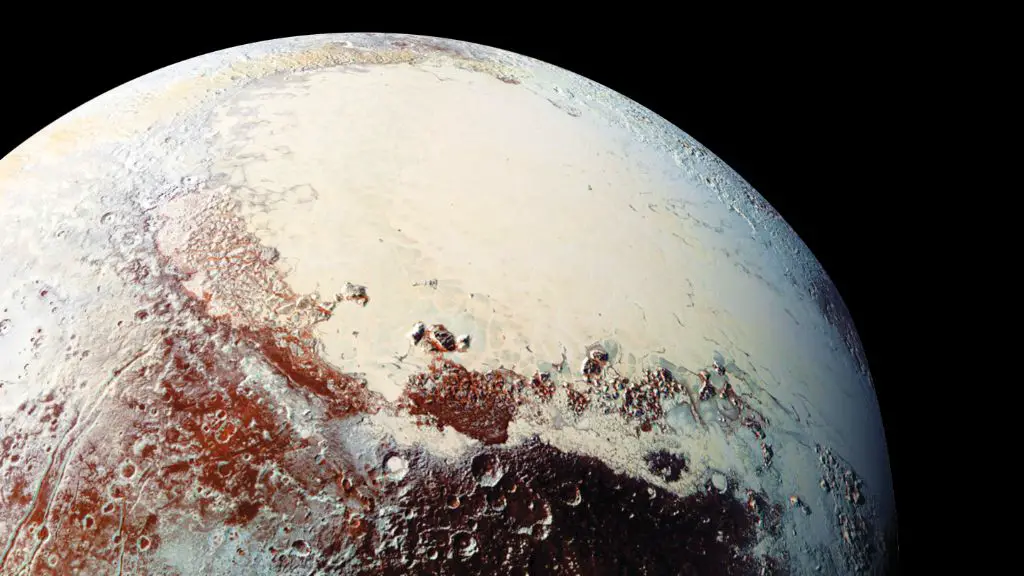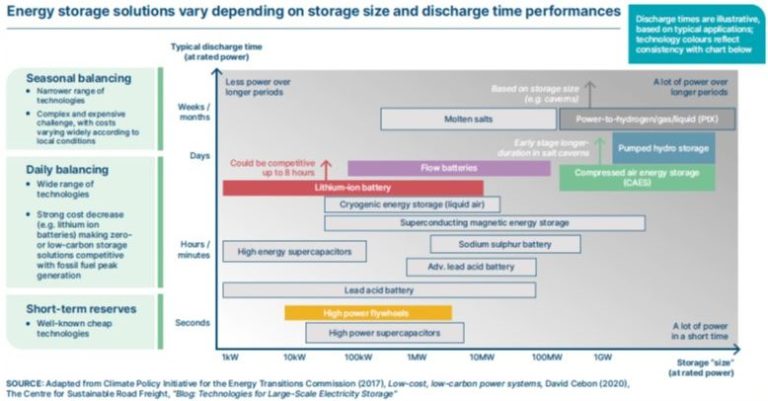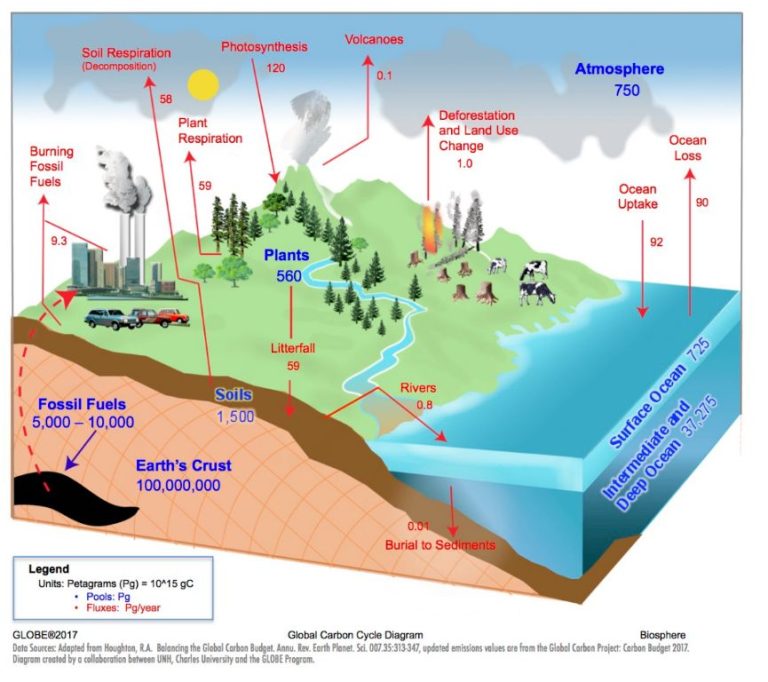Did We Have 9 Planets In Our Solar System?
For generations, humans have been fascinated by the planets in our solar system. Ancient civilizations studied the night sky and observed the wanderings of celestial bodies. Over time, our understanding of what constitutes a planet has evolved significantly. Originally, there were nine planets recognized in our solar system. However, in recent years, discoveries in astronomy have led scientists to reclassify one of those original nine planets and recognize new classes of smaller planetary bodies. This redefinition sparked ongoing debate about what truly makes a planet. To understand these developments, we must look back through history at how our solar system and its planets were defined over time.
The Original 9 Planets
For much of history, the notion of what constitutes a true planet has been ambiguous. When the first asteroids were discovered between Mars and Jupiter in the early 1800s, they were initially considered new planets 1. With continued discoveries, however, it became clear these small bodies did not deserve to be classified equal to the major planets. The first formal definition of “planet” came in 2006 from the International Astronomical Union, an organization in charge of naming and classifying bodies in the cosmos. According to their new rules, there are only eight planets in our solar system.
Until the late 20th century, there was no official consensus on what constitutes a planet, but the most widely accepted list included nine planets. These original nine planets, in order from the Sun, are:
- Mercury – The smallest planet, nearest the Sun.
- Venus – Slightly smaller than Earth.
- Earth – The only planet known to harbor life.
- Mars – Called the Red Planet for its rusty soil.
- Jupiter – The largest planet, with a giant, visible storm called the Great Red Spot.
- Saturn – Distinguished by its spectacular rings.
- Uranus – Rotates on its side and has a greenish color.
- Neptune – Dark blue with the fastest winds in the solar system.
- Pluto – An icy, dwarf planet with a highly elliptical orbit.

This set of 9 planets enduringly shaped our understanding of the solar system for over 75 years until new discoveries led to Pluto’s reclassification.
Developments in Understanding Planets
For many years, astronomers operated under the assumption that our solar system contained nine planets orbiting the Sun. This view was shaken up by discoveries made starting in the early 1990s that led to a reexamination of what constitutes a planet.
The first finding that rattled ideas about planets was the discovery starting in 1992 of many small icy objects beyond the orbit of Neptune. This region is known as the Kuiper Belt. Many of the objects found here, such as Sedna and Quaoar, were large enough to potentially be considered planets under the old definitions. Their discovery forced astronomers to think about how to distinguish between planets and smaller objects like these Kuiper Belt objects.
Then in 2005, astronomers discovered Eris, another icy object in this region larger than Pluto. Its discovery meant that either Eris needed to be classified as the 10th planet or that the definition of a planet needed to change. Astronomers recognized that if Eris was a planet, then potentially hundreds of other Kuiper Belt objects would also have to classified as planets given their similar size and orbit.
These discoveries beyond Neptune led astronomers to reexamine what really makes something a planet. This process ultimately led to Pluto’s reclassification as a dwarf planet rather than a true planet.
Why Pluto was Reclassified
In 2006, the International Astronomical Union (IAU) officially reclassified Pluto as a dwarf planet. There were some specific reasons that Pluto no longer fit the criteria to be considered a full planet:
Firstly, Pluto is relatively small, with a diameter of only about 1,400 miles across. For comparison, Earth is nearly 8,000 miles across. Pluto’s small size means it has far less gravitational dominance over its orbital neighborhood compared to planets.
Secondly, Pluto has an orbit that is unusually elliptical and tilted out of alignment with the orbits of the major planets. Its orbit is also somewhat unstable due to gravitational interactions with Neptune. This makes its orbit distinct from the near-circular and aligned orbits of the planets.
Finally, Pluto is part of the Kuiper Belt, a region beyond Neptune containing many small, icy objects. Pluto is considered a Kuiper Belt object like the other members of this region. In contrast, a planet should have cleared its neighborhood of debris as it orbits the Sun.
These reasons – small size, off-kilter orbit, and part of the Kuiper Belt – are why Pluto lost its designation as the 9th planet. The new definition of a planet required an object to have sufficient mass and gravitational dominance to have cleared its orbital zone, which Pluto does not have. (Source 1)
The New Planet Definition
In 2006, the International Astronomical Union (IAU) established a new official definition for what constitutes a planet. According to the IAU:
“A planet is a celestial body that (a) is in orbit around the Sun, (b) has sufficient mass for its self-gravity to overcome rigid body forces so that it assumes a hydrostatic equilibrium (nearly round) shape, and (c) has cleared the neighbourhood around its orbit.”
This new definition introduced three criteria that an object must meet to be considered a planet. First, it must orbit around the Sun. Second, it must have enough mass and gravity to force itself into a nearly round shape. And third, it must have cleared its orbital neighborhood of other objects.
The “clearing the neighborhood” criteria was key in Pluto’s reclassification, as Pluto shares its orbital neighborhood with many other Kuiper belt objects. According to the IAU’s new definition, Pluto did not meet all the criteria to be called a planet.
Only 8 Planets Now
In 2006, the International Astronomical Union (IAU) officially updated the definition of a planet, which resulted in Pluto being reclassified as a dwarf planet. Under the new definition, there are only 8 planets remaining in our solar system:
- Mercury
- Venus
- Earth
- Mars
- Jupiter
- Saturn
- Uranus
- Neptune
The IAU established three criteria that an object must meet to qualify as a planet: it must orbit the Sun, have sufficient mass and gravity to assume hydrostatic equilibrium (a nearly round shape), and have cleared the neighborhood around its orbit. Pluto met the first two criteria, but did not meet the third since its orbit overlaps with many Kuiper belt objects.
Therefore, only the 8 planets listed above fully meet the official IAU definition. Pluto and other dwarf planets do not.
Dwarf Planets
In 2006, scientists established a new classification of dwarf planets to account for objects like Pluto that orbit the Sun but do not meet all the criteria to be classified as full planets. Dwarf planets are spherical bodies that orbit the Sun directly, are not satellites, and have not cleared their neighboring region of other objects.
Some of the most well-known dwarf planets in our solar system reside in an area called the Kuiper Belt, which extends beyond the orbit of Neptune. This distant region is home to many icy objects left over from the formation of the solar system billions of years ago. Some of the most notable Kuiper Belt objects that have been designated as dwarf planets include:
- Pluto – The most famous dwarf planet which was reclassified from planet status in 2006.
- Haumea – An elongated dwarf planet that spins very rapidly.
- Makemake – A bright red dwarf planet named after a god of fertility.
- Eris – A scattered disc object considered the most massive dwarf planet.
The new dwarf planet designation created a category for smaller worlds like Pluto that did not meet the revised qualifications to be true planets. It enabled Pluto and similar Kuiper Belt objects to be respectfully classified in a way that acknowledged their unique characteristics.
Ongoing Debate
Note there is still debate among astronomers about definitions for planets vs dwarf planets. A study in September 2018 revisited this topic and found that Pluto should be classified as a planet under the geophysical definition that existed prior to 2006. According to the study published in Geophysical Research Letters, “the IAU’s definition was erroneous since planets can be active and exhibit complex geophysical processes” (GeekWire, 2018).
While the IAU’s decision to define planets based on orbital dynamics held implications for our understanding of planetary processes and formation, some experts argue it was too narrow. As one astronomer stated, “the IAU’s definition is useful to understand orbital dynamics, but fails in classification of astronomical bodies” (National Geographic, 2014).
The debate rages on over whether Pluto should regain its former status. Though the IAU voted on the definition, that decision is not universally accepted. “The researchers say Pluto should instead be classified as a planet under a definition used by scientists since the 16th century: that ‘planets’ are celestial bodies that orbit the Sun” (NBC News, 2021). Ultimately, the disagreement shows the complexity around categorizing objects in our solar system.
Implications
The new definition of a planet adopted by the International Astronomical Union (IAU) in 2006 has had significant implications for our understanding of the solar system. According to the IAU, a planet must orbit the Sun, have sufficient mass to assume hydrostatic equilibrium (a nearly round shape), and have cleared the neighborhood around its orbit. This new definition led to Pluto being reclassified as a dwarf planet, reducing the number of recognized planets in our solar system to eight.
One major implication is that Pluto does not qualify as a planet under the new definition because it has not cleared its neighborhood of other objects. Pluto’s orbit overlaps with that of Neptune and it is part of the Kuiper Belt, a region filled with icy bodies beyond Neptune’s orbit. Many astronomers argue that if Pluto were considered a planet, other Kuiper Belt objects of similar size would also have to be classified as planets, potentially leading to hundreds of planets in our solar system.
The reclassification of Pluto has sparked debate among astronomers, with some proposing alternate planet definitions that would reinstate Pluto. However, the IAU’s definition provides a consistent method for classifying planets across our solar system and beyond. It groups the eight major planets – the dominant bodies orbiting the Sun – into a distinct category. Smaller objects like Pluto are recognized as dwarf planets, a separate class of icy worlds.
While the loss of Pluto was controversial, the IAU’s planet definition helps categorize different types of objects based on well-defined criteria. This provides a clearer framework for understanding the wide variety of bodies in our solar system and exoplanetary systems.
Overall, the new planet definition has fundamentally changed our conception of the solar system’s structure. No longer a simple counting of nine planets in order, it has led to a more nuanced picture with categories of small planets, dwarf planets and smaller Kuiper Belt objects.
Conclusion
For many years our solar system was considered to have 9 planets, based on the original astronomical definition which classified a planet simply based on its orbit around the sun. However, advancements in our understanding of outer space led astronomers to rethink the definition of what constitutes a planet. This led to Pluto being reclassified as a dwarf planet in 2006, reducing the official number of planets in our solar system to 8. While some debate continues on the exact planet definition, according to the International Astronomical Union there are now only 8 recognized planets orbiting our sun. So in summary, at one point we considered there to be 9 planets, but under the new and current astronomical definition, we have 8 planets in our solar system.





